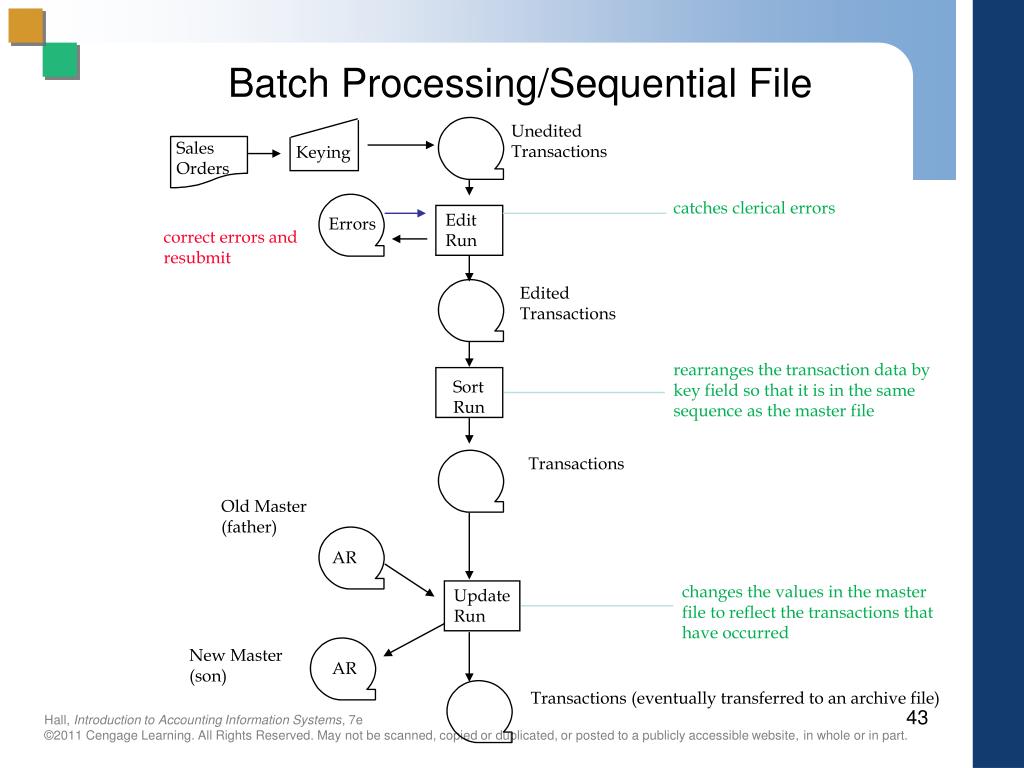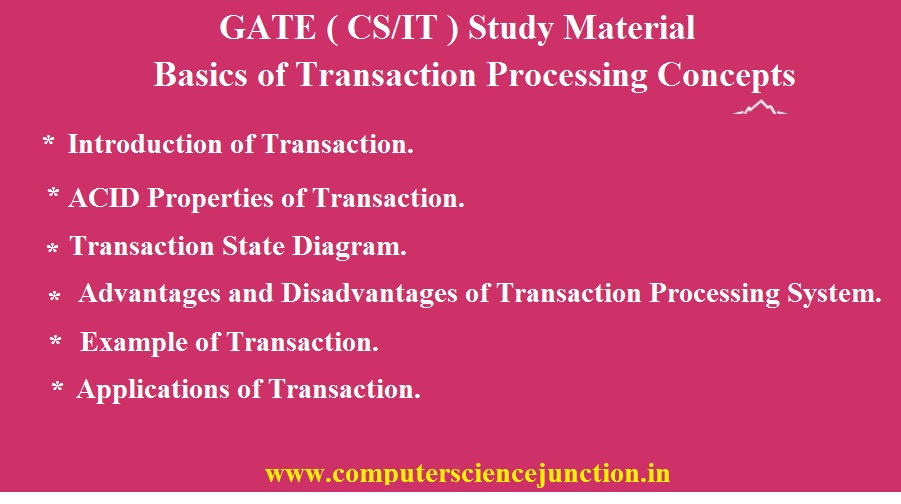
OLTP systems are designed to forecast the expenses and revenues of an organization accurately.OLTP systems can handle a large volume of transactions and process complex calculations even during high peak loads.From the users’ aspect, OLTO systems are efficient, easy to use, and have a short response time.OLTP systems provide reliable online payment services such as credit card transactions.OLTP enhances the customer base of an organization by simplifying the individual transaction processes.

These are some of the benefits that OLTP systems provide to your organization. The examples of OLTP systems are Automated Teller Machine (ATM), Online banking systems, online ticket reservation systems, stock exchange systems, and e-commerce websites where people perform multiple online transactions concurrently. OLTP systems help to administrate the daily transactions process of an organization and allow multiple users to access the same data at the same time. It is an atomic process that is either performed into completion entirely or is.
#TRANSACTION PROCESSING SYSTEM SOFTWARE EXAMPLE UPDATE#
The operations performed in a transaction include one or more of database operations like insert, delete, update or retrieve data. OLTP systems consist of the insert and update intensive database management system to handle multiple concurrent transactions. A transaction is a program including a collection of database operations, executed as a logical unit of data processing. The high availability, concurrency, high data processing speed, and recoverability are the main features of an OLTP system. The primary objective of an OLTP system is processing data. Thus, the data collected by TPSs serves as a source of detail for management-oriented information system components.Online transaction processing which is abbreviated as OLTP is an information system that is designed to support transaction-oriented applications in a 3-tier architecture. System files or databases need to be updated after transactions other than inquiries. Processing of data inputted by users into automated machinery system, it shows logical and mathematical operations and stores processed results into the system. More extensive validation may involve transaction authorization based on the record of the customer and the inventory available. Validation includes checking for missing data items, valid codes and valid values. These systems provide for computer-to-computer communication without repeated data entry by replacing paper documents with formatted transaction data sent over telecommunications networks. Transaction processing systems are increasingly relying on the interchange of electronic data. The transaction processing general elements include,ĭata capturing denotes to the storage of data through source data automation. The processing of individual transactions depends, of course, to some extent on their nature. TPSs bring data into the databases of the organization these systems are also a basis on which management-oriented information systems are based. TPS is needed to conduct business in nearly any organization today. Some examples of processing systems for transactions include, TPS's domain is at the lowest level of an organization's management hierarchy.Ī transaction processing system is a form of computer processing that takes place in the presence of a computer user and allows a user request or transaction to be answered immediately.

Data processing was conducted manually or with simple machines before computers. TPS was previously referred to as the Management Information System. To find out the key insights for decision-making, it offers graphical or condensed textual data. TPS uses data and creates reports as shown in the diagram below. Many real-time advantages for every company are offered by transaction processing systems. It is the automation of the simple, repetitive processing used to support business operations. A TPS registers, as well as all of its consequences, a non-inquiry transaction itself in the database and generates transaction-related documents. The transaction processing system (TPS) manages the business transactions of the client and therefore helps a company's operations. Submitted by IncludeHelp, on December 24, 2019Ī transaction is a simple process that takes place during business operations. This article describes the TPS and its necessary activities. In this tutorial, we are going to learn about the Transaction Processing System: The transaction processing system is also known as information systems for decision making.


 0 kommentar(er)
0 kommentar(er)
